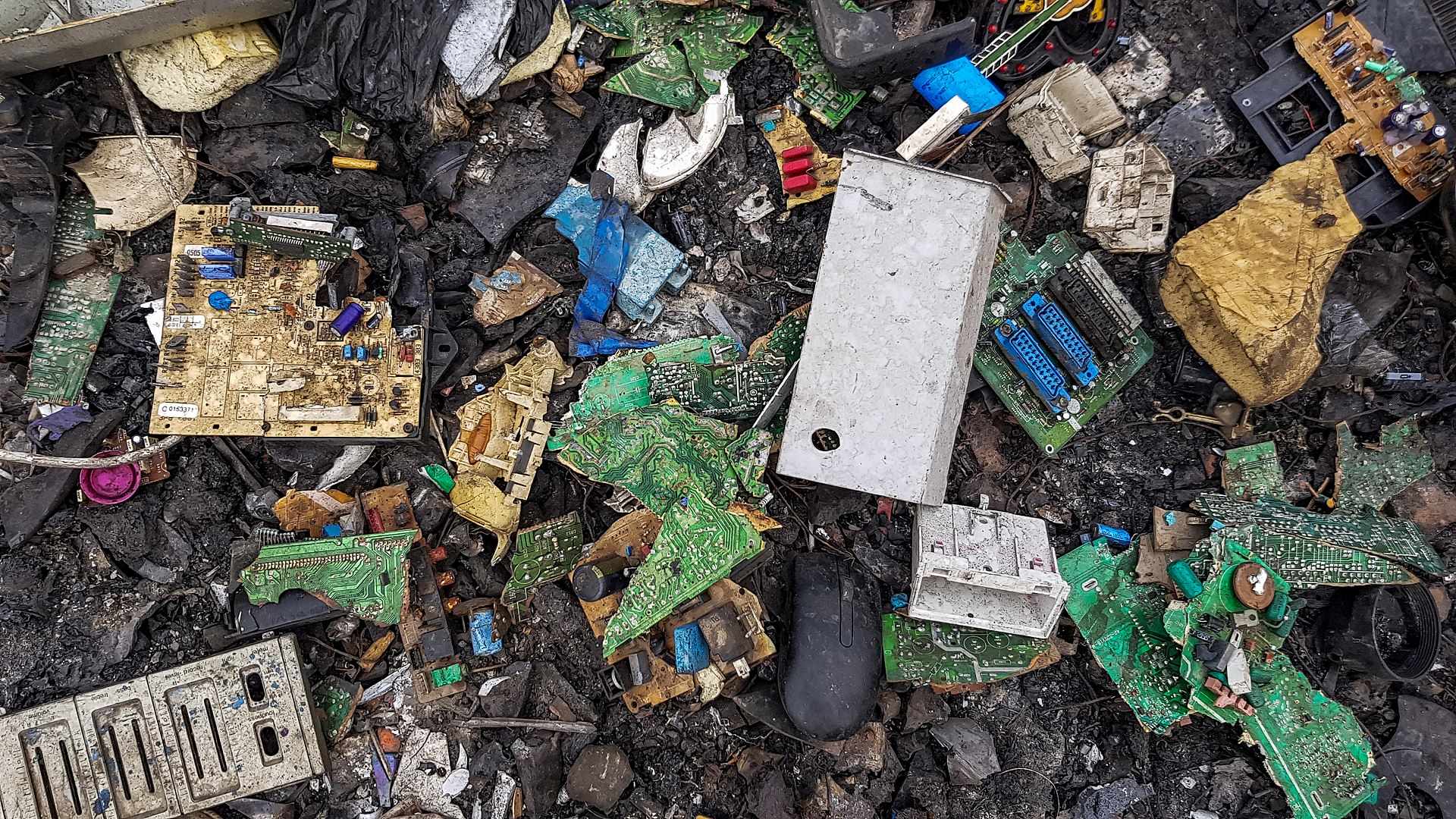Reactions: e-waste generated worldwide in 2022 increased by 82% compared to 2010
In 2022, 62 million tonnes of e-waste were generated worldwide, a figure 82% higher than the 34 million tonnes recorded in 2010, according to a United Nations report. The 2022 figure represents an average of 7.8 kilograms per capita per year worldwide, compared to 19.6 kg in Spain. Only 22.3% of this amount of global e-waste was documented as properly collected and recycled, says the Global E-waste Monitor 2024.

Ethel Eljarrat - e-waste EN
Ethel Eljarrat
Director of the Institute of Environmental Assessment and Water Studies (IDAEA-CSIC)
The main goal should be to reduce the generation of e-waste in the first place. But, once generated, it is of vital importance to improve its management. E-waste is recognised as a resource because of the potential for recovery of valuable materials. However, recovering these materials in Western countries involves high labour costs, so more than 80% of e-waste is shipped to developing countries where it is more cost-effective. This waste contains chemicals such as lead, cadmium, chromium, mercury, copper, manganese, nickel, arsenic, zinc, iron and aluminium, many of which are hazardous. It also contains very harmful persistent organic compounds used in plastics, such as flame retardants, or found in product fluids, lubricants and coolants. Workers at waste management facilities in third countries, as well as the populations of the places where the treatment plants are located, come into contact with these hazardous compounds through direct exposure at work and indirect exposure to the environment (air, water, soil) which receives a large input of contamination. This contamination will remain for many years and will be inherited by future generations.
Even if waste is recycled in Western countries, we need to be able to control what happens to the toxic compounds present in the waste during the different recycling processes, as well as in the final product. We must ensure that recycled materials are no more contaminated than new materials. We must also prevent legislated toxic compounds from being reintroduced back into the market through recycled products. The control of hazardous substances during the whole process of transformation from waste to resource, as well as the final quality of the resource obtained, are important aspects to consider. This is the only way to achieve a production model that is sustainable for the environment and human health.
José Julián Escario Gracia - basura electrónica EN
José Julián Escario Gracia
Lecturer at the Faculty of Business and Public Management of the University of Zaragoza in Huesca
The latest report on e-waste, entitled 'Global E-waste Monitor 2024', provides a realistic picture of the state of the global e-waste problem. While the latest electrical and electronic equipment can contribute to the shift away from fossil fuels that cause climate change, the waste it generates is a major environmental challenge.
This study provides internationally comparable information by using homogeneous measurement criteria across countries. According to the report, 62 million tonnes of e-waste were generated worldwide in 2022 (7.8 kg per person per year) and only 13.8 million tonnes, or around 22.3%, were collected and properly recycled. The development over time is also worrying: since 2010, e-waste generated has increased annually by 2.3 million tonnes per year and recycling by 0.5 million tonnes. Thus, the generation of e-waste is increasing annually by almost five times as much as its recycling. In Europe, the generation of this type of waste per person per year is more than double the global level, reaching 17.6 kg, and its recycling rate stands at 42.8%. Although Spain is not among the five European countries with the most waste, it is above the European average, generating around 20 kg per person per year.
The report urges to raise the recycling rate to 60 % by 2030. To achieve this, the most developed countries should reach a rate of 85%. It is estimated that meeting this target would have a net positive effect of $38 million, most of which would come from reducing long-term externalities such as climate change and health impacts of toxic substances.
In principle, the targets set may be relatively ambitious, as they require considerable commitment from all actors involved. In this regard, as the measures are often costly, especially in the short term, and the benefits are more likely to materialise in the long term, governments may postpone some of the measures for budgetary reasons. In addition, they may be under pressure from large companies to give them more time before making the necessary investments to meet the targets.
Fundamentally, there is a need for strong involvement and collaboration from all sectors of society. Firstly, many countries should regulate the collection and recycling of e-waste; only 81 countries (42% of all countries) have some form of e-waste regulation. Moreover, many of these regulations should be made more stringent. Resources should be leveraged to increase adequate separate waste collection and to raise awareness in society to become more involved in proper waste and waste separation.
Cornelis P. Baldé et al. / International Telecommunication Union & United Nations Institute for Training and Research
- Report



